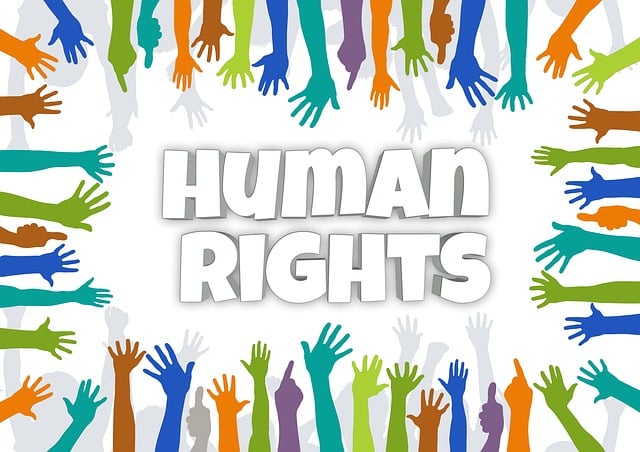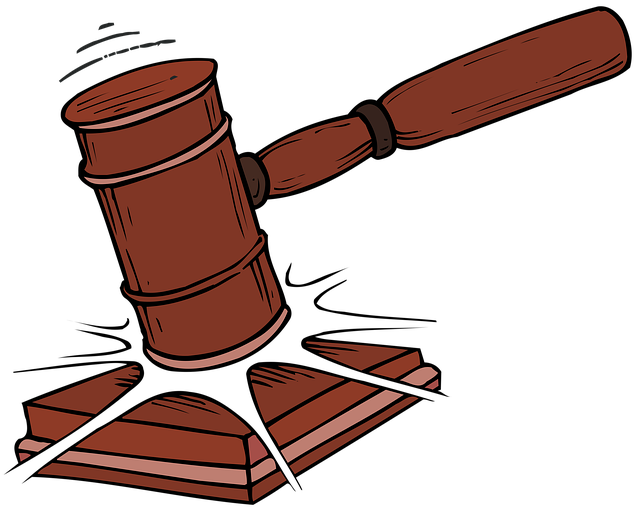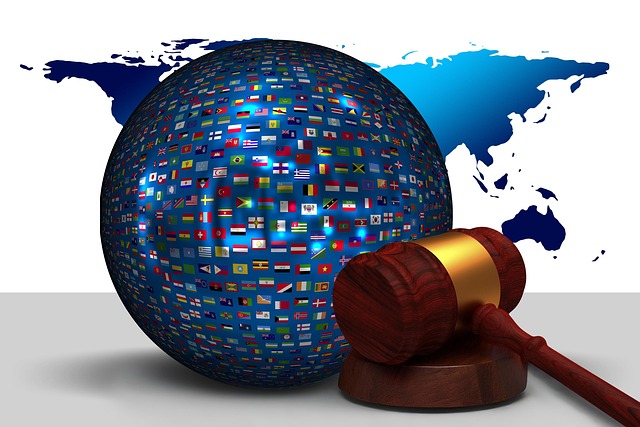C-Level investigations uncover executive misconduct, with repercussions for companies' reputations and survival. This analysis compares Class Action Lawsuits (CAS) and Individual Lawsuits (ILS), highlighting key differences in scope, impact, outcomes, and legal strategies. CAS target systemic issues through collective action, potentially offering substantial monetary awards but focusing on group redress. ILS address unique experiences, providing tailored relief but usually with less financial compensation. The choice depends on case specifics, desired outcomes, and the number of affected individuals. Understanding these distinctions is vital for effective white-collar defense strategies, as they shape legal approaches to corporate misconduct.
In the complex landscape of corporate litigation, C-Level investigations play a pivotal role. This article delves into the intricacies of these high-stakes inquiries, exploring key distinctions between class action lawsuits and individual actions. We dissect criteria for launching class actions, highlighting rights and outcomes in both scenarios. Additionally, we provide strategies for effective C-Level investigation management, emphasizing fairness and transparency. Understanding these dynamics is essential for navigating the legal maze and mitigating risks.
- Understanding C-Level Investigations: Uncovering the Scope and Impact
- The Difference Between Class Action and Individual Lawsuits: A Comprehensive Look
- When to Launch a Class Action Lawsuit: Criteria and Considerations
- Navigating Individual Lawsuits: Rights, Process, and Potential Outcomes
- Strategies for Effective C-Level Investigations: Ensuring Fairness and Transparency
Understanding C-Level Investigations: Uncovering the Scope and Impact
C-Level Investigations refer to high-level probes into allegations of misconduct or criminal activity at the executive or board level within a company. These investigations can range from financial misdeeds, such as fraud and embezzlement, to ethical violations like insider trading or corporate espionage. Understanding the scope and impact of C-Level Investigations is crucial, especially when comparing them to lower-level inquiries. While individual lawsuits may target specific employees for personal gain, class action lawsuits against executives aim to hold entire organizations accountable for systemic issues.
The impact of such investigations extends far beyond legal repercussions. They can significantly influence the respective business’s reputation, market standing, and even survival. In all stages of the investigative and enforcement process, companies must navigate complex regulatory landscapes, ensuring transparency and cooperation while managing potential risks and costs. The consequences for those found guilty of white-collar and economic crimes can be severe, including substantial fines, imprisonment, and lasting damage to their professional reputations.
The Difference Between Class Action and Individual Lawsuits: A Comprehensive Look
When considering legal action, understanding the distinction between a Class Action Lawsuit and an Individual Lawsuit is paramount for anyone involved in potential white-collar defense. While both serve to address wrongdoings, they differ significantly in scope and impact. A Class Action Lawsuit involves multiple plaintiffs who share common interests and have suffered similar injuries from a single course of conduct by a defendant. This collective action allows efficient resolution of claims and can lead to substantial monetary awards for all involved. In contrast, an Individual Lawsuit focuses on the unique experiences and damages of a single plaintiff, making it more tailored but potentially less impactful in terms of financial recompense.
Another key difference lies in the potential outcomes and process. Class action lawsuits often result in settlement agreements that can avoid lengthy jury trials, which are common in individual lawsuits. This is especially crucial for those facing white-collar charges, as a successful defense against indictment may hinge on strategic decision-making during trial. The choice between these two types of actions thus depends on the specific case, the number of affected individuals, and the desired outcome, whether it’s financial compensation, sending a message to deter future misconduct, or both.
When to Launch a Class Action Lawsuit: Criteria and Considerations
When contemplating legal action, understanding the distinction between a Class Action Lawsuit Vs Individual Lawsuit is paramount. Class actions are powerful tools for addressing wrongs that affect large groups of people, offering a more efficient and cost-effective approach to justice. They are typically launched when a significant number of individuals have experienced similar harm or discrimination, enabling a single judgment to resolve claims for all victims. This collective action not only provides financial compensation but also sends a strong message to the responsible parties, deterring future misconduct across the country.
On the other hand, individual lawsuits are more suitable for unique situations where the impact is specific to one person. These cases often involve personal injuries, employment disputes, or breaches of contract, where compensatory damages may be sought. While individual actions can lead to substantial financial gains for the plaintiff, they are generally time-consuming and expensive, as each case proceeds independently through the legal system. The choice between a class action and an individual lawsuit depends on several factors, including the nature of the wrong, the number of affected individuals, and the potential for collective impact or personal relief.
Navigating Individual Lawsuits: Rights, Process, and Potential Outcomes
When a C-Level investigation leads to legal action, understanding the distinction between a class action lawsuit and an individual lawsuit is crucial for those involved. While class actions offer collective redress for similar grievances among a large group, individual lawsuits focus on specific claims and rights of a single person or a small number of individuals.
The process for navigating these two types of legal actions differs significantly. Individual lawsuits typically involve a general criminal defense strategy, where the accused (in this case, corporate or individual clients) presents their defense against specific allegations. The potential outcomes range from settlement agreements to acquittal or civil liability, depending on the strength of evidence and applicable laws – an area where an unprecedented track record of success can be a significant advantage for the defendant.
Strategies for Effective C-Level Investigations: Ensuring Fairness and Transparency
When conducting C-Level investigations, striking a balance between thoroughness and fairness is paramount. Investigations at this level often pit corporate interests against potential wrongdoings, making transparency crucial to maintaining integrity. To ensure fairness, investigators should document every step, collecting evidence impartially and following established protocols. This approach helps protect against bias, ensuring that findings are grounded in facts rather than agendas.
Distinguishing between a class action lawsuit and individual litigation is essential for tailoring the investigation’s scope and strategy. Class actions focus on systemic issues affecting a large group, while individual lawsuits target specific wrongs committed against separate clients. For his clients, whether corporate or individual, investigators must adapt their methods accordingly, considering the unique legal and ethical considerations of each case. This tailored approach fosters trust and strengthens the integrity of the process.
In conclusion, understanding the nuances of C-level investigations is vital for navigating complex legal landscapes. Whether considering a Class Action Lawsuit vs Individual Lawsuit, each strategy has unique criteria and implications. By examining the scope and impact of these investigations, and employing strategies that prioritize fairness and transparency, organizations can effectively address legal challenges. This comprehensive approach ensures that rights are protected and outcomes are just, fostering an environment of accountability and trust.






